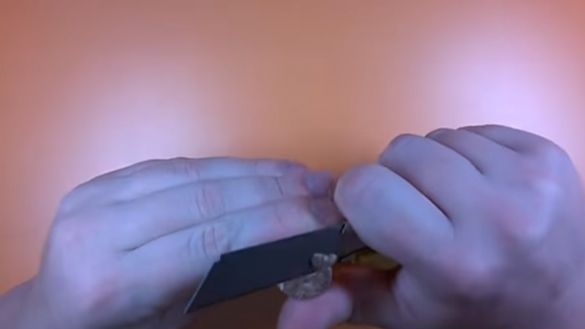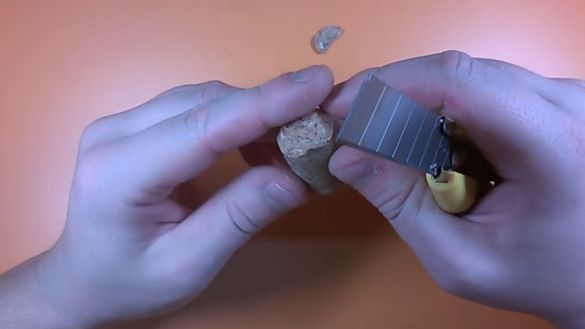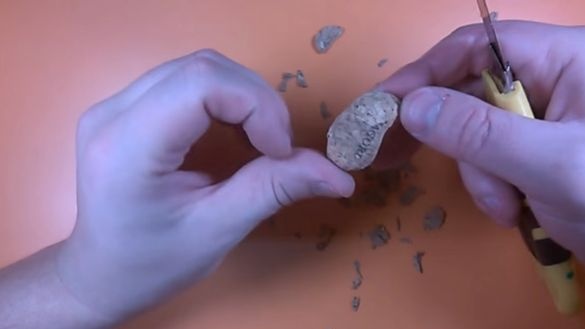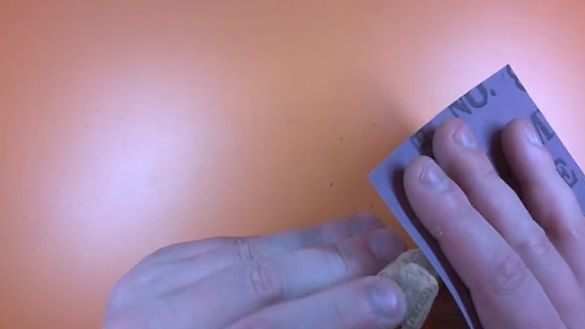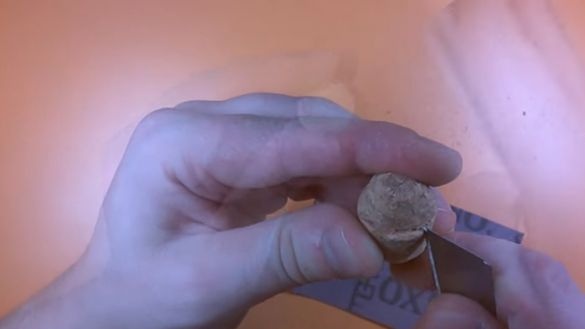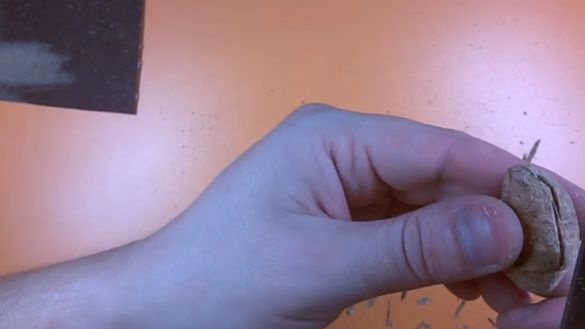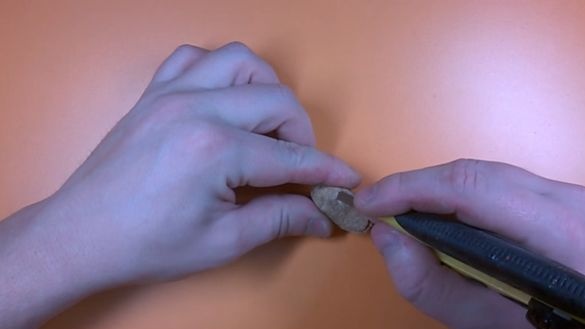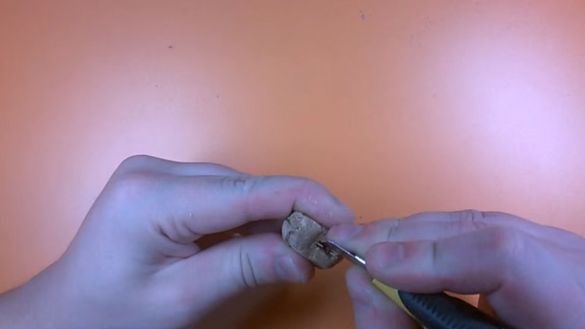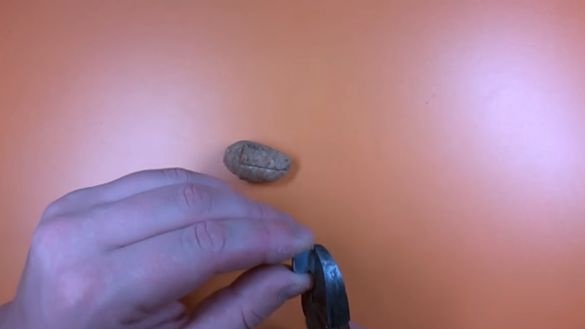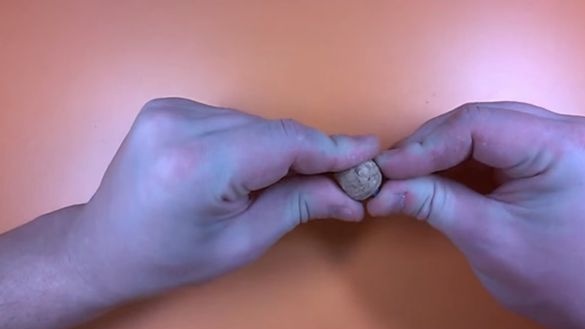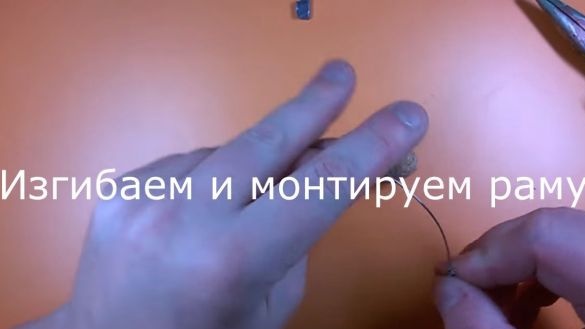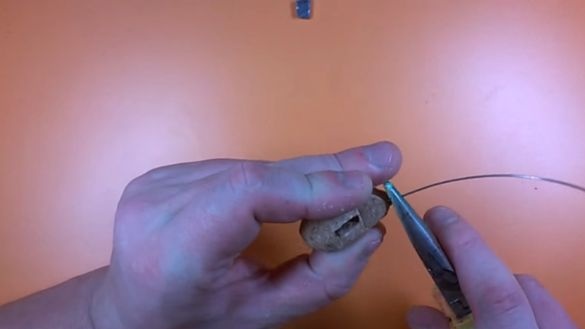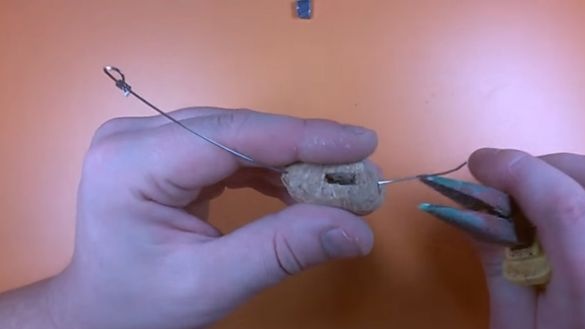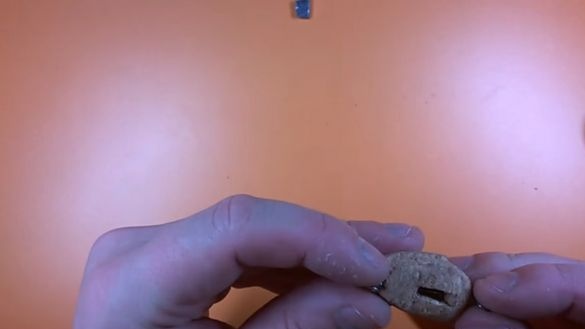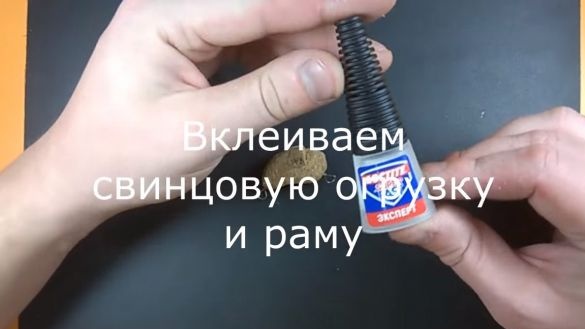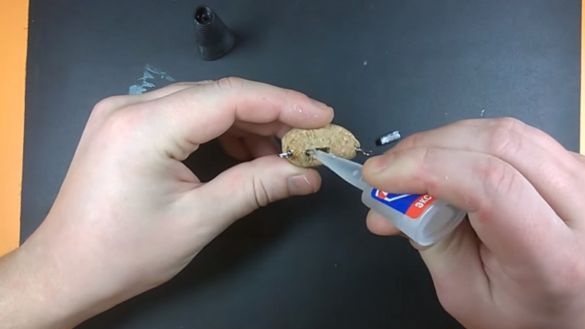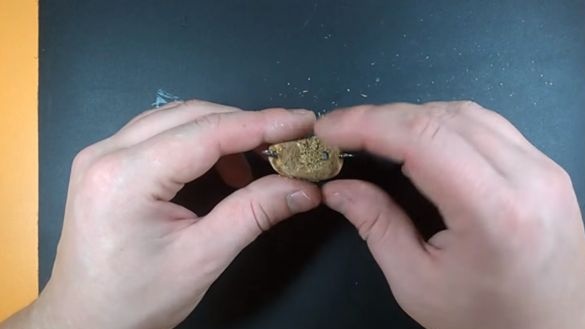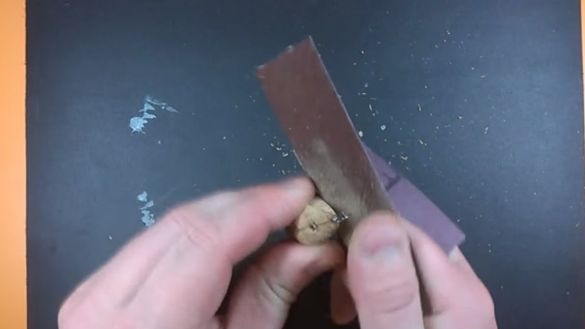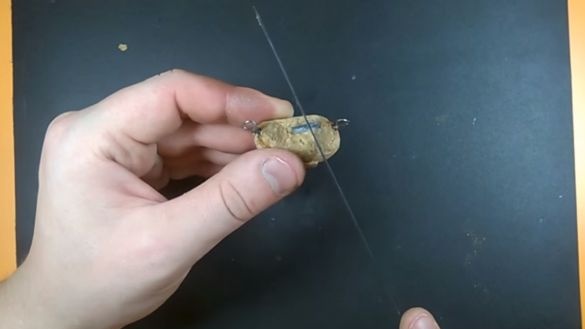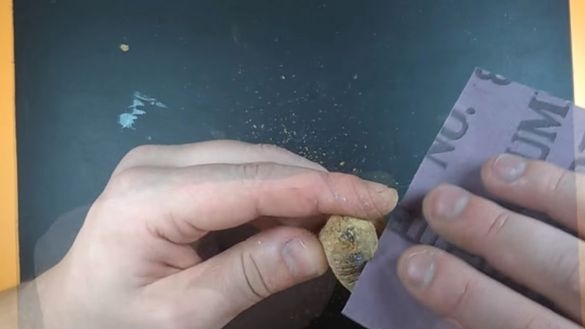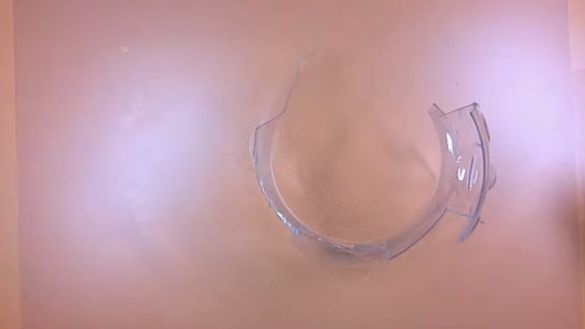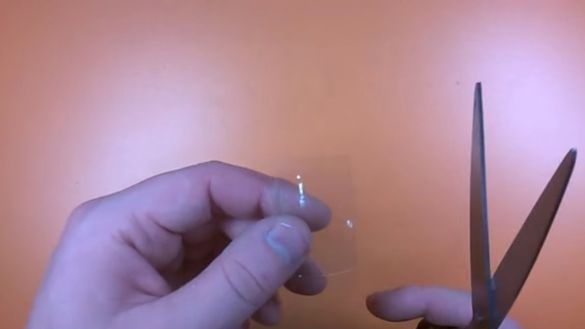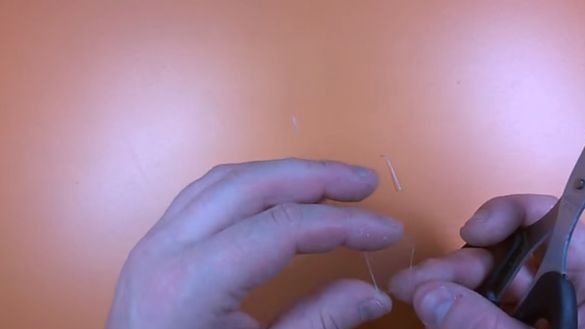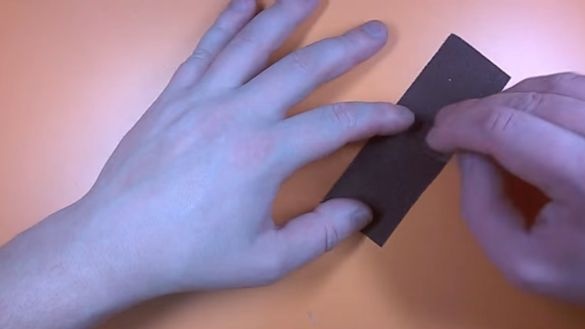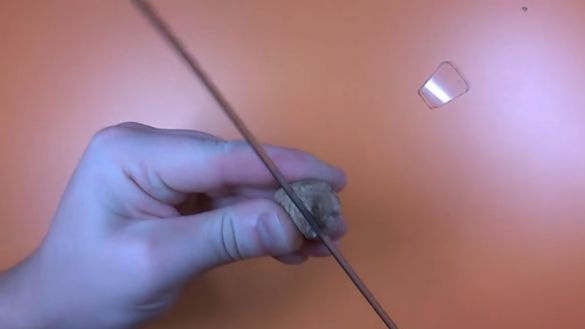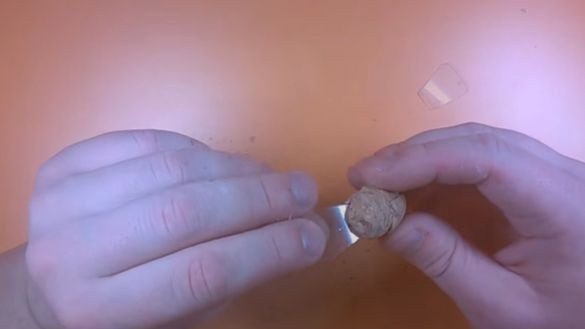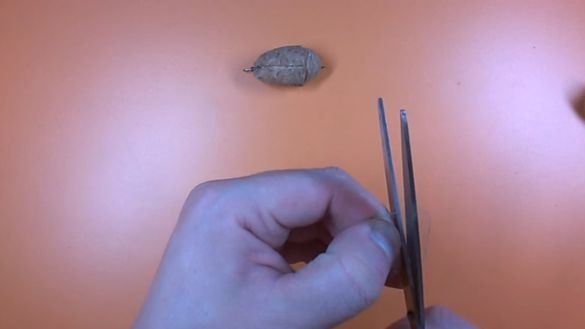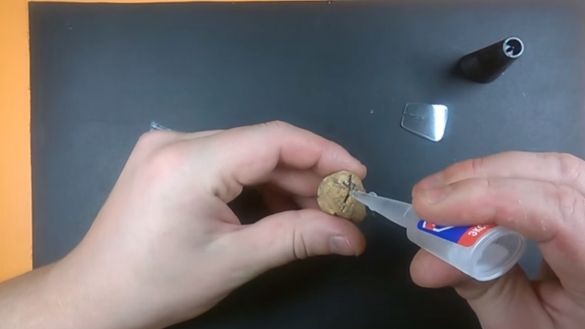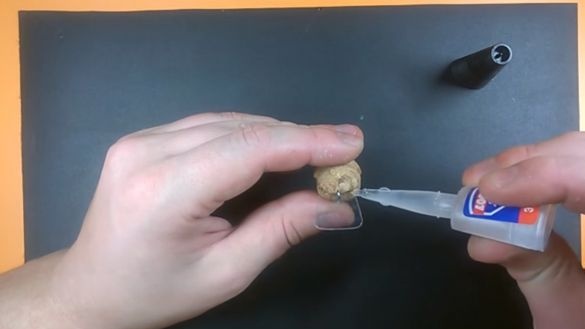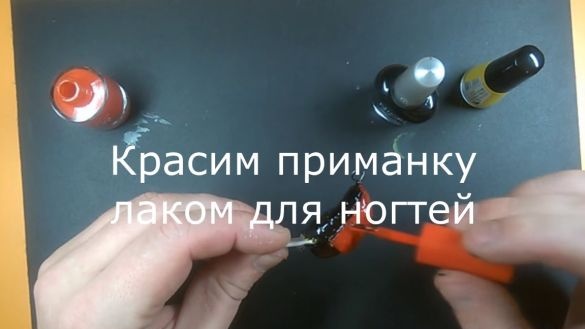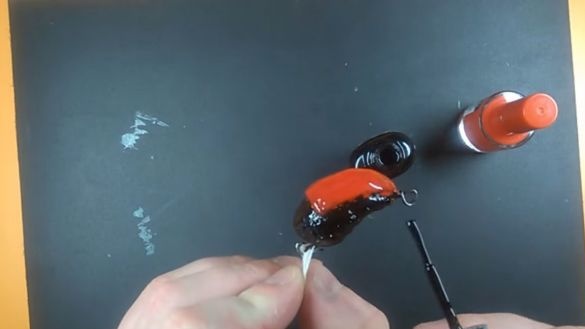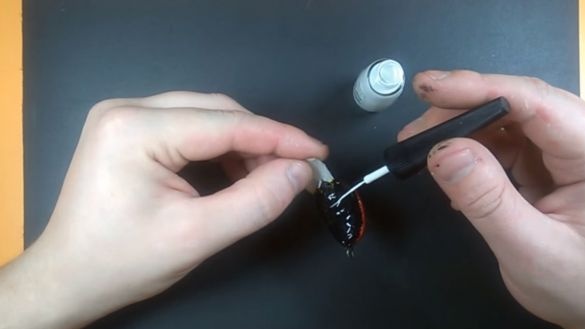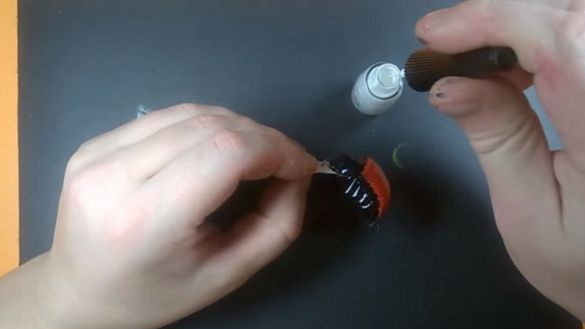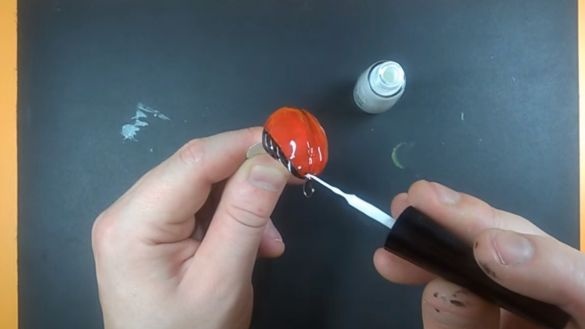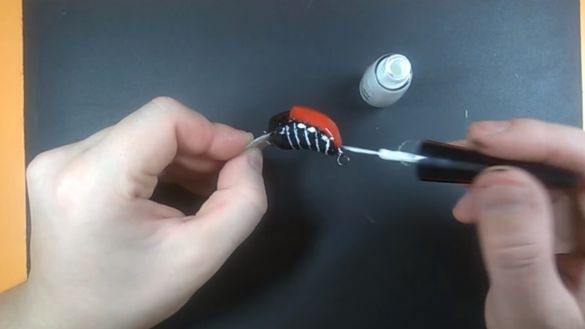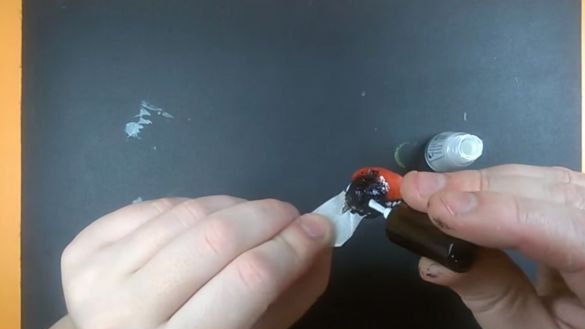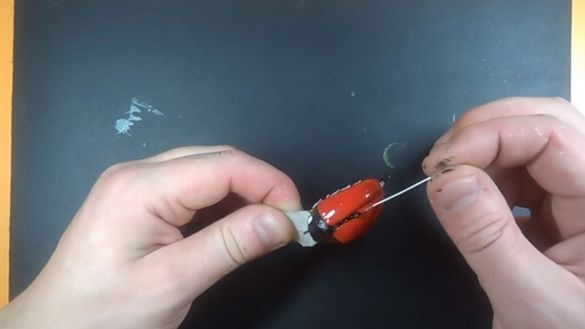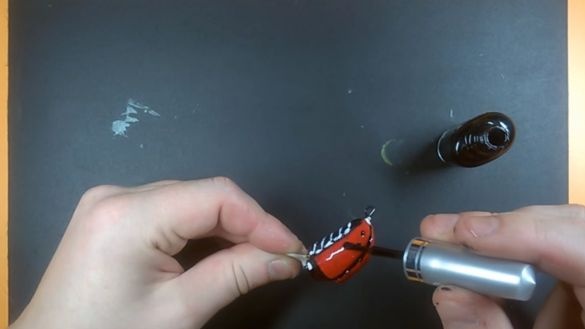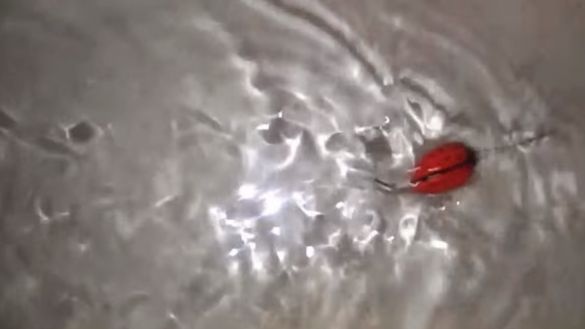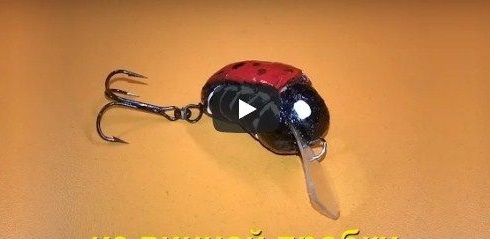
Many fishermen know that the May beetle is the most sought-after delicacy for the chub, and for other fish too. The peak of activity of these beetles occurs in May, and the fish at this time awaits them under the branches of trees, where they fall into the water. But throughout the summer, the bite on this bait continues also actively. Many fishermen simply freeze May beetles for fishing in the summer, but there is an easier way - to make long-term lures for fishing for spinning.
In this instruction, we will consider how you can very simply make a wobbler in the form of a May beetle from improvised materials. As a basis, the author used the usual wine cork, which can be collected in places of recreation for people. All you need is to cut the profile you want, as well as paint the bait, and now it looks like a bug. For greater detail, it is recommended to equip this bait with paws, like a real beetle. For these purposes, some craftsmen use thin elastic bands from underpants that need to be painted black or brown. In the water they will move, and imitate a real bug. So, we will consider in more detail how to make such a tackle!
Materials and tools used by the author:
Material List:
- wine bottle cork;
- a piece of plastic for the blade;
- stainless steel 0.8 mm thick;
- hook tee;
- lead for loading;
- Super glue;
- a few sawdust;
- nail polish.
Tool List:
- hacksaw blade;
- sandpaper;
- stationery knife.
The process of making the bait:
Step one. Cut the main profile
The most difficult part of manufacturing can be considered cutting the profile of the bait. In general, there is nothing complicated here, you just need to be patient and work with an office knife. The main thing here is not to rush, the knife is very sharp, and the material is solid. If you gape, you can easily cut your finger or hand.
We will make the profile as that of the body of the May bug. That is, it is wider in front and narrower in the back. Consider the shape of the wings of the beetle. Here it is important to find a picture of the May beetle or even look for a real bug to see how its body is arranged.
Step Two Grinding
Next, arm ourselves with sandpaper and carefully process the surface. We need to make all forms smooth, grind sharp corners and so on. At first, you can work with large sandpaper, and at the end use small.The cork is polished quite simply, though it quickly clogs the sandpaper.
Step Three Wings
Now we need to cut a line on the back, which will simulate the line of closure of the wings. Here again, we use a clerical knife as a tool. You need to work extremely carefully so as not to get hurt.
Step Four Place under the weight
In the abdomen of the bait you need to install a weight. It will be needed so that our bug stays correctly in the water, that is, with its belly down, like a real bug. Just cut out the required hole with a knife using a knife. We select the weight so that it slightly submerges the beetle.
Step Five Beetle skeleton
For a bug, it’s important to make a “skeleton” to which we will attach a tee. For its manufacture, the author used stainless steel wire 0.8 mm thick. Just thread it along the bait and make loops at the ends. Subsequently, a tee is installed in the tail.
Step Six Sinker installation
The sinker can be installed, it is attached using superglue. On top of the weight we pour a few sawdust and pour them with glue. Thus, we mask the weight and fix it additionally. When the glue dries, simply treat this area with sandpaper.
In the end, the author made cuts on his belly with a hacksaw blade. We will need them in order to imitate the belly of a real bug. White stripes will be applied here.
Seventh step. Blade manufacturing
Since our gear is a wobbler, we need to make a blade for it. Thanks to this blade, the beetle will make movements to the right and left, thereby forming waves on the surface. The frequency of movement of the beetle should be high for a better simulation. To make a blade, you need a piece of sheet plastic, the author cut it out of a plastic bottle with scissors. We finish the profile of the blade with sandpaper.
To install the blade, make a cut in the front of the bait, and then glue it with super glue. Under the loop in the blades do not forget to make a cut. That's all, technically our bait is ready, it remains only to colorize it.
Step Eight. Coloring the bait
To paint the bait, the author used nail polish. The belly of the beetle is made black, and the wings brown. Next, on the abdomen you need to apply white stripes and dots, like a real bug. Be sure to draw a bug and eyes. The author also drew a black dividing line between the wings with a needle.
After painting the beetle, it is advisable to cover it with a completely transparent varnish to protect the paint.
Beetle is ready, you can start the test! The posting here can be uniform, the blade on the bug itself will create the right game for it. But many fishermen recommend pausing, the fish often attack the bait during such pauses. Also, leisurely wiring will allow the bait to stay on the water longer. The beetle can be allowed to flow, and then again carried out against if fishing occurs on the river.
I hope you liked the project and pushed you to some ideas. Good luck and creative inspiration. Do not forget to unsubscribe if you manage to catch something on such a bait. Do not forget to share your best practices and observations with us!

